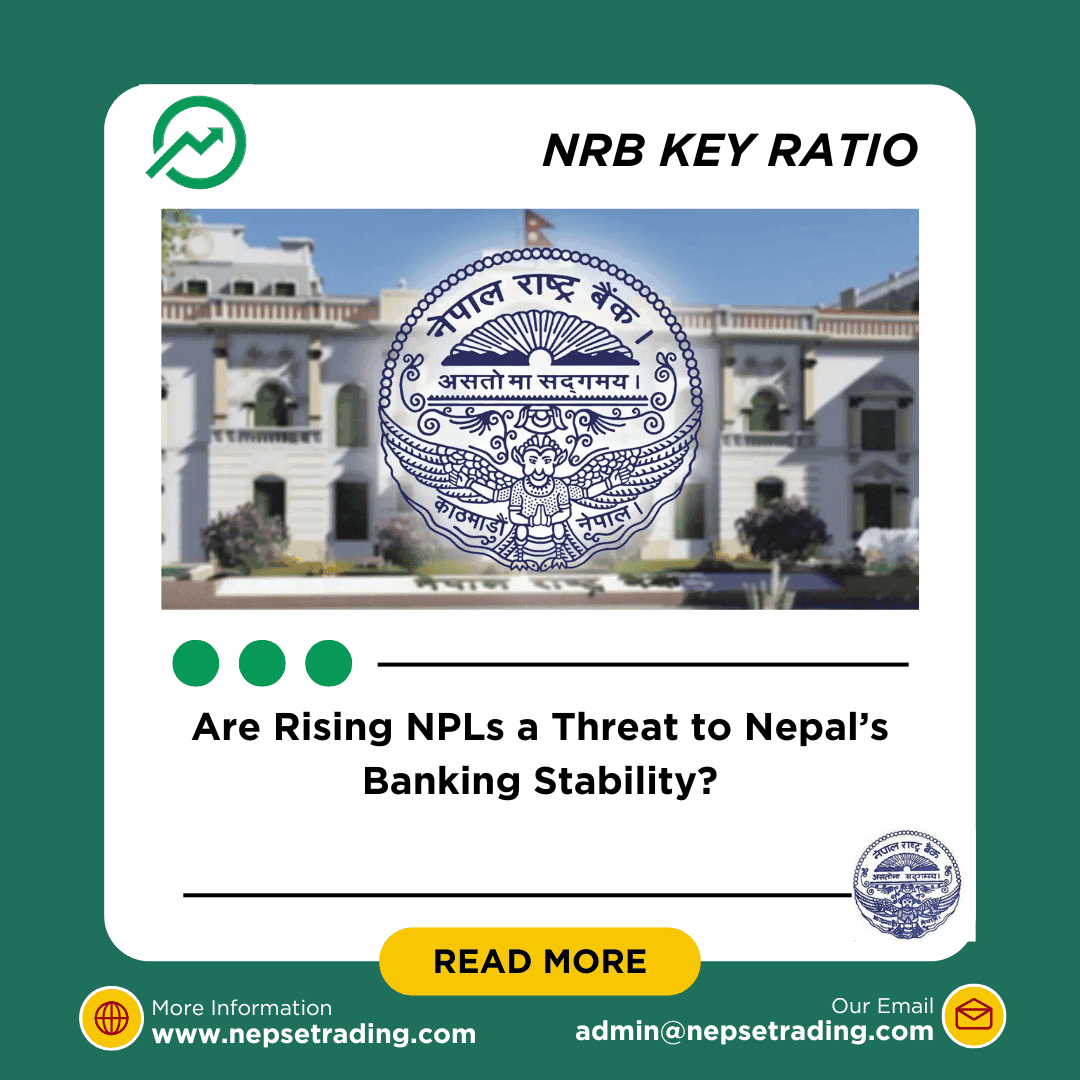By Sandeep Chaudhary
Are Rising NPLs a Threat to Nepal’s Banking Stability?

Rising Non-Performing Loans (NPLs) are indeed becoming a major concern for Nepal’s banking stability. According to NRB’s mid-July 2025 data, the average NPL across commercial banks stands at 3.66%, which is above the regulatory comfort zone. While some banks like Everest Bank (0.38%), ADBL (0.42%), and Standard Chartered (1.47%) maintain strong asset quality, several others are grappling with much higher bad loans, in some cases exceeding 6–7% of total loans. Such elevated NPL levels reflect growing repayment challenges in key sectors such as real estate, hydropower, and trading, where economic slowdown, liquidity pressures, and governance weaknesses have amplified credit risks.
The real threat emerges when rising NPLs are combined with weak provisioning buffers, leading to high Net NPL ratios. Banks unable to cover their bad loans with adequate reserves risk eroding their profitability and even capital base. For depositors, this raises concerns about the safety of funds, while investors worry about reduced dividends and long-term sustainability. Moreover, rising NPLs also limit banks’ ability to lend further, tightening credit availability for businesses and households, and slowing down overall economic growth.
However, not all is negative. The NRB has enforced stricter loan classification and provisioning standards, pushing banks to recognize problems early. State-owned banks like Nepal Bank and RBB, despite their large loan portfolios, have kept NPLs under 1%, showing that stronger monitoring and recovery efforts can work. The key challenge now lies with aggressive private banks that expanded credit rapidly in past years but are struggling with collections amid economic stress.









